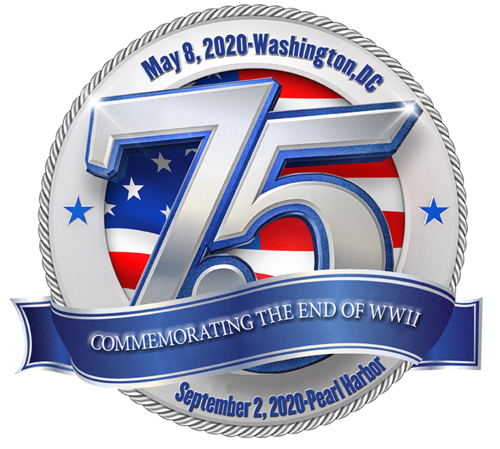The History of World War II
World War II was the biggest and deadliest war in history, involving more than 30 countries. Sparked by the 1939 Nazi invasion of Poland, the war dragged on for six bloody years until the Allies defeated Nazi Germany and Japan in 1945.
The conflict would take more lives and destroy more land and property around the globe than any previous war. Among the estimated 60-80 million people killed were 6 million Jews murdered in Nazi concentration camps as part of Hitler's diabolical "Final Solution," now known as the Holocaust. Civilians made up an estimated 50-55 million deaths from the war. Military comprised 21-25 million lives lost.
World War II in the Pacific (1941-43)
With Britain facing Germany in Europe, the United States was the only nation capable of combating Japanese aggression, which by late 1941 included an expansion of its ongoing war with China and the seizure of European colonial holdings in the Far East. On December 7, 1941, 360 Japanese aircraft attacked the major U.S/. naval base at Pearl Harbor in Hawaii, taking the Americans completely by surprise and claiming the lives of more than 2,300 troops. The attached on Pearl Harbor served to unify American public opinion in favor of entering World War II, and on December 8 Congress declared war on Japan with only one dissenting vote. Germany and the other Axis Powers promptly declared war on the United States.
After a long string of Japanese victories, the U.S. Pacific Fleet won the Battle of Midway in June 1942, which proved to be a turning point in the war. On Guadalcanal, one of the southern Solomon Islands, the Allies also had success against Japanese forces in a series of battles from August 1942 to February 1943, helping turn the tide further in the Pacific. In mid-1943, Allied naval forces began an aggressive counterattack against Japan, involving a series of amphibious assaults on key Japanese-held islands in the Pacific. This "island hopping" strategy proved successful, and Allied forces moved closer to their ultimate goal of invading the Japanese homeland.
Toward Allied Victory in World War II (1943-45)
In North Africa, British and American forces had defeated the Italians and Germans by 1943. An Allied invasion of Sicily and Italy followed, and Mussolini's government fell in July 1943, though Allied fighting against the Germans in Italy would continue until 1945.
On World War II's Easter Front, a Soviet counteroffensive launched in November 1942 ended the bloody Battle of Stalingrad, which had seen some of the fiercest combat of the war. The approach of winter, along with dwindling food and medical supplies, spelled the end for German troops there, and the last of them surrendered on January 31, 1943.
On June 6, 1944-celebrated as "D-Day"- Allies began a massive invasion of Europe, landing 156,000 British, Canadian and American soldiers on the beaches of Normandy, France. In responsive, Hitler poured all the remaining strength of his army into Western Europe, ensuring Germany's defeat in the east. Soviet troops soon advanced into Poland, Czechoslovakia, Hungary and Romania, while Hitler gathered his forces to drive the Americans and British back from Germany in the Battle of the Bulge (December 1944-January 1945), the last major German offensive of the war.
An intensive aerial bombardment in February 1945 preceded the Allied land invasion of Germany, and by the time Germany formally surrendered on May 8, Soviet forces had occupied much of the country. Hitler was already dead, having died by suicide on April 30 in his Berlin bunker.
World War II Ends (1945)
At the Potsdam Conference of July-August 1945, U.S. President Harry S. Truman (who had taken office after Roosevelt's death in April), Churchill and Stalin discussed the ongoing war with Japan as well as the peace settlement with Germany. Post-war Germany would be divided into four occupation zones, to be controlled by the Soviet Union, Britain, the United States and France. On the divisive matter of Eastern Europe's future, Churchill and Truman acquiesced to Stalin, as they needed Soviet cooperation in the war against Japan.
Heavy casualties sustained in the campaigns at Iwo Jima (February 1945) and Okinawa (April-June 1945), and fears of the even costlier land invasion of Japan led Truman to authorize the use of a new and devasting weapon. Developed during a top secret operation code-named The Manhattan Project, the atomic bomb was unleashed on the Japanese cities of Hiroshima and Nagasaki in early August. On August 15, the Japanese government issued a statement declaring they would accept the terms of the Potsdam Declaration, and on September 2, U.S. General Douglas MacArthur accepted Japan's formal surrender aboard the USS Missouri in Tokyo Bay.

